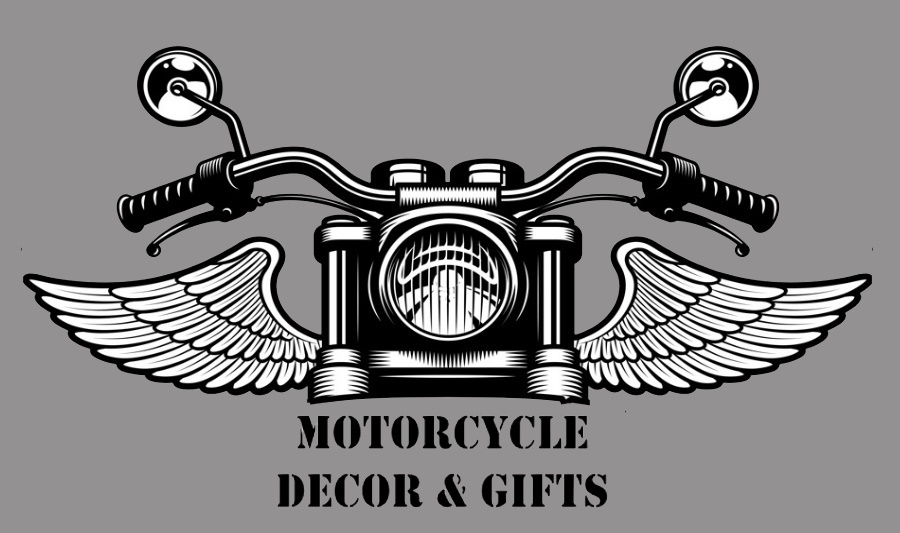Indian Motorcycles Major Involvement in WWI
When we think of motorcycles and their military use, iconic images of Harley-Davidson often come to mind. However, another motorcycle manufacturer played an equally significant role during WWI: Indian Motorcycles. Known for their durability, reliability, and speed, Indian Motorcycles made a lasting impact on the battlefields of the Great War. In this blog post, we will delve into the story of Indian Motorcycles and their contributions to the Allied forces during World War I.
Founded in 1901, Indian Motorcycle Manufacturing Company quickly gained a reputation for producing high-quality motorcycles. By the outbreak of World War I in 1914, Indian had established itself as a leading motorcycle manufacturer not only in the United States but also internationally. Indian motorcycles were known for their powerful engines, innovative designs, and exceptional performance, making them a preferred choice among riders and enthusiasts.
Indian Motorcycles Military Model the Powerplus
Indian’s weapon of choice was the mighty Powerplus. This 61 cubic inch, side-valve V-twin beast roared with 18 horsepower, a far cry from the anemic European motorcycles of the time. The Powerplus could reach speeds of 60 mph, outrunning enemy fire and traversing treacherous terrain with ease. Its sturdy frame, sprung forks, and even a rudimentary rear brake made it a marvel of engineering for the time.
Indian Motorcycles Powerplus: A Versatile Workhorse
The Powerplus wasn’t just a speed demon. It was a workhorse, capable of carrying soldiers, ammunition, and even light machine guns. Sidecars became indispensable attachments, transforming the motorcycle into a mobile command center or a makeshift ambulance. Indian even developed specialized models for reconnaissance and messenger duties, each tailored to the specific demands of the battlefield.
Indian Motorcycles and the War Effort
When the war broke out, motorcycles were recognized as vital assets for military operations. Their speed, maneuverability, and ability to navigate rough terrain made them invaluable for various tasks, such as reconnaissance, communication, and delivering messages. Indian Motorcycles, with their superior engineering and robust construction, were selected by several Allied forces for their military campaigns.
Dispatch Riders
One of the primary roles of Indian motorcycles during World War I was to serve as dispatch riders. These riders were responsible for carrying important messages between units, headquarters, and the frontlines. Equipped with Indian motorcycles, these riders braved the dangers of the battlefield, riding through treacherous conditions and enemy fire to deliver crucial information. The reliability and speed of Indian motorcycles allowed for swift communication, making them an integral part of military operations.
Military Police and Escort Duties
Indian motorcycles were also employed for military police duties. The machines were used to patrol areas, maintain order, and escort military convoys. The versatility and agility of Indian motorcycles made them ideal for these tasks, allowing the military police to swiftly respond to incidents and keep supply lines secure.
Towing Artillery and Equipment
Another remarkable use of Indian motorcycles during the war was their ability to tow artillery and equipment. Modified Indian motorcycles were fitted with custom-made sidecars or trailers to transport heavy weapons, ammunition, and supplies across challenging terrains. This innovation provided the military with greater mobility and flexibility in moving vital resources, improving the efficiency of their operations.
Motorcycles in Combat
In addition to their support roles, Indian motorcycles were also used in combat situations. Armed with machine guns, these motorcycles would enter the fray to provide covering fire or engage in hit-and-run tactics. The agility of the motorcycles allowed them to swiftly maneuver through the battlefield, providing a tactical advantage to the soldiers operating them.
Legacy and Impact
The contributions of Indian motorcycles during World War I left a lasting legacy. Their performance on the battlefield and the trust they earned from the military reinforced Indian’s reputation as a reliable and durable motorcycle manufacturer. It also showcased the potential of motorcycles as crucial assets in military campaigns, leading to further advancements in motorcycle technology and their integration into military strategies.
Behind the Lines: Wartime Production
The impact of Indian Motorcycles went far beyond the front lines. The company’s wartime production shifted into overdrive, employing thousands of workers and boosting the American economy. Women, for the first time, entered the workforce in large numbers, assembling and testing the motorcycles, contributing to the war effort in their own way.
Indian Motorcycles played a crucial role during WWI, providing invaluable support to the Allied forces. Whether as dispatch riders, military police escorts, or towing artillery, these motorcycles proved their mettle in the harshest of conditions. The legacy of Indian motorcycles in WWI endures as a testament to their engineering excellence and the bravery of the riders who operated them. Today, Indian Motorcycles stand as a symbol of reliability, power, and historical significance in the annals of motorcycle manufacturing and military history.
